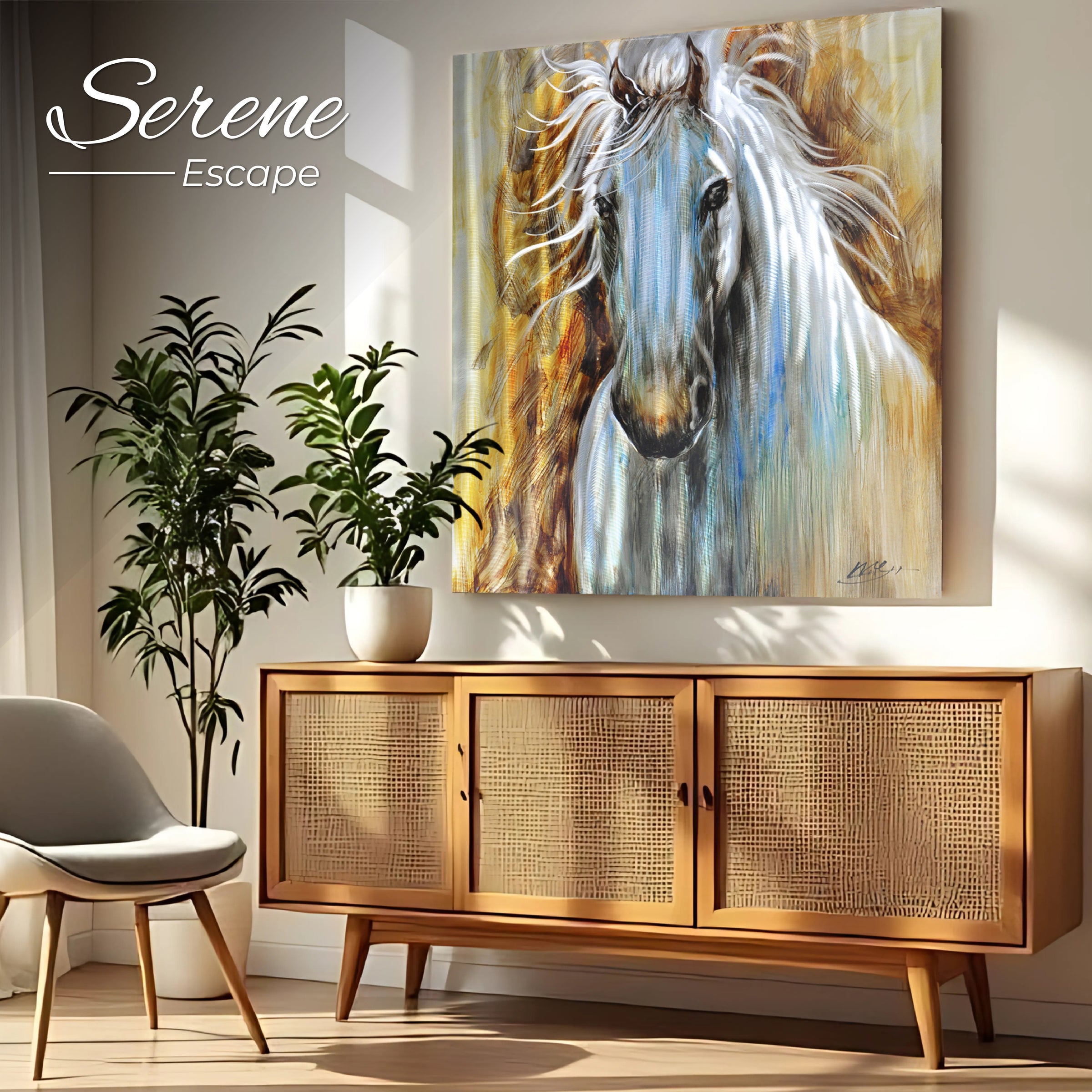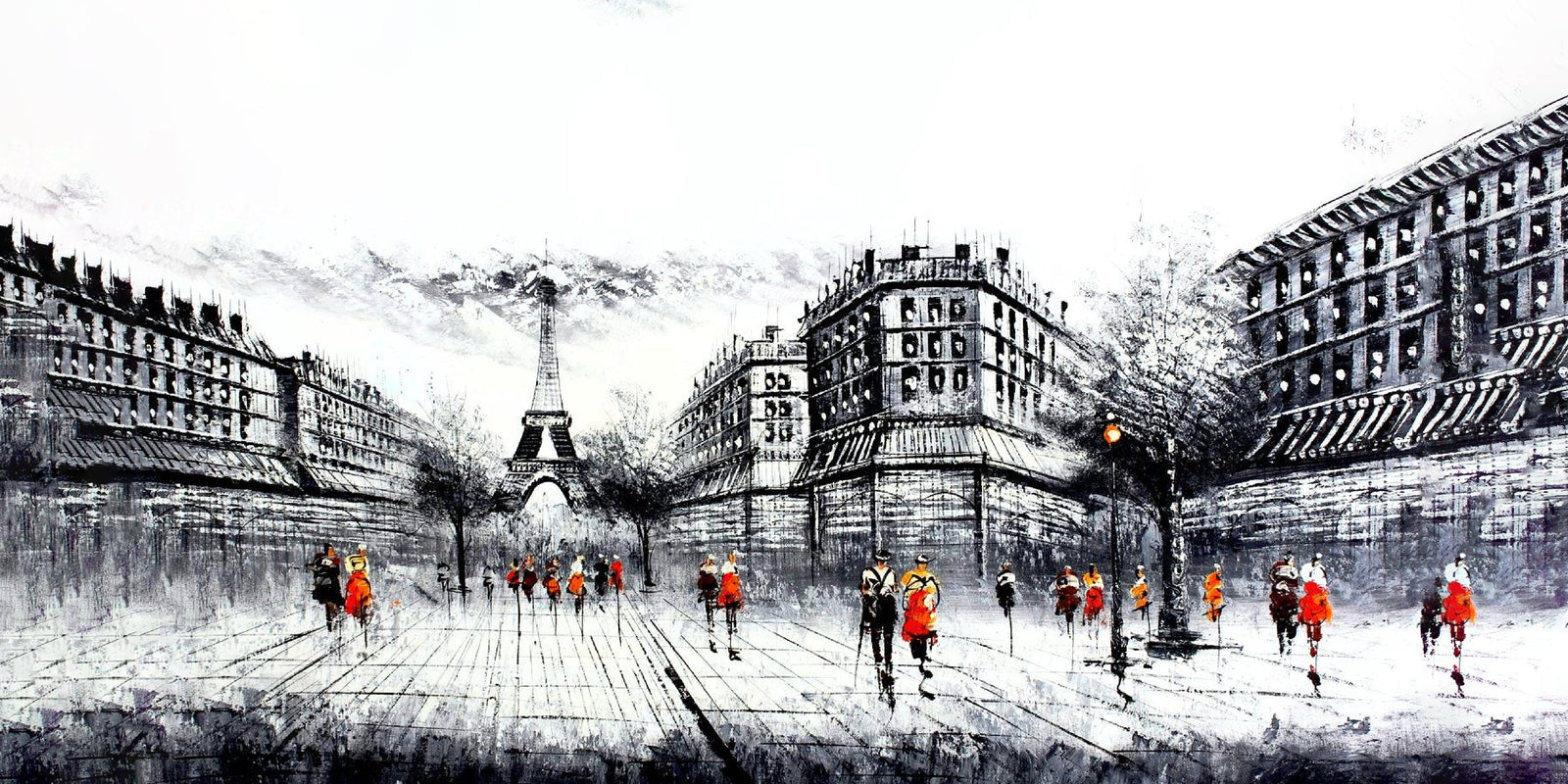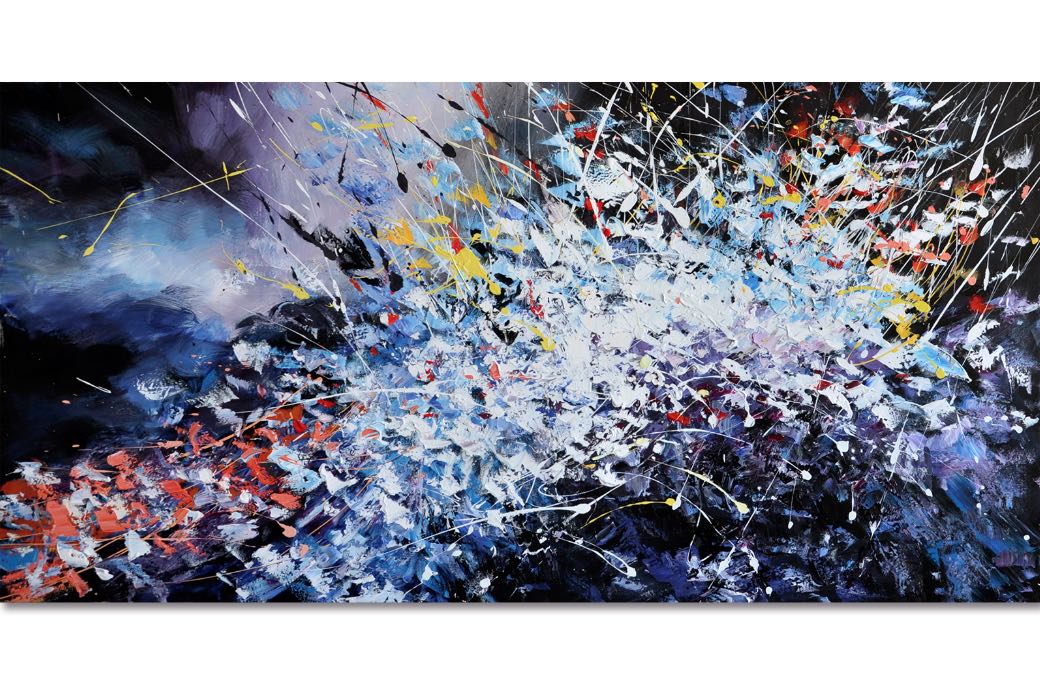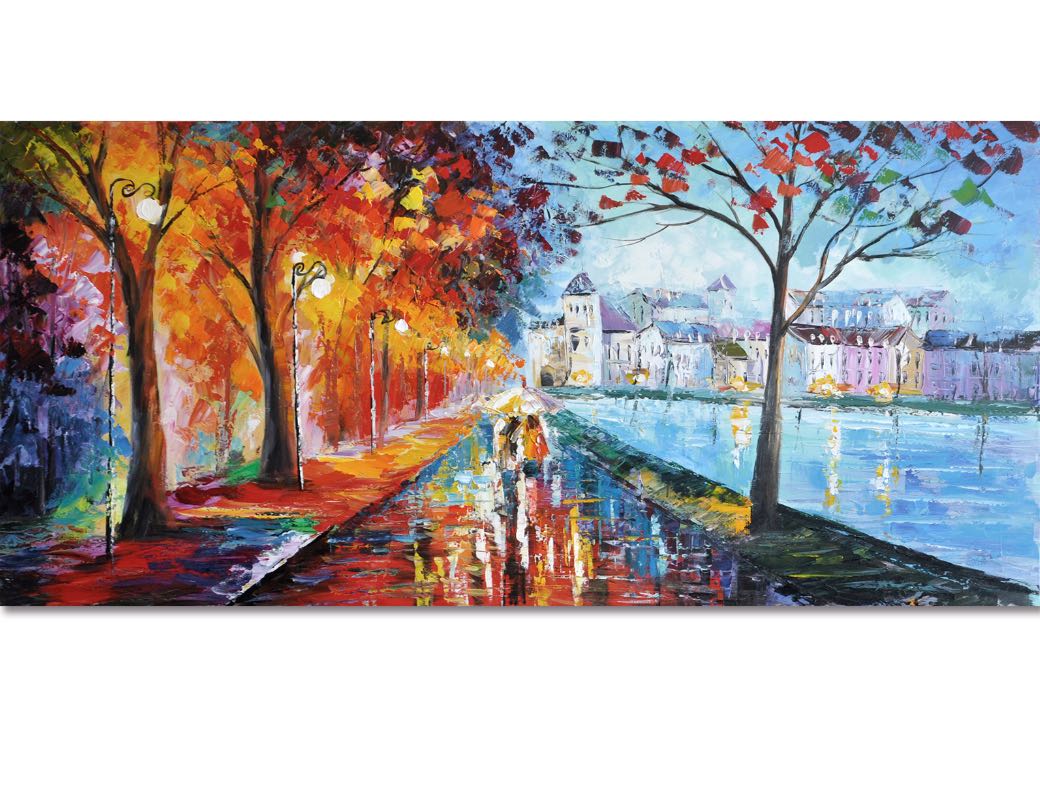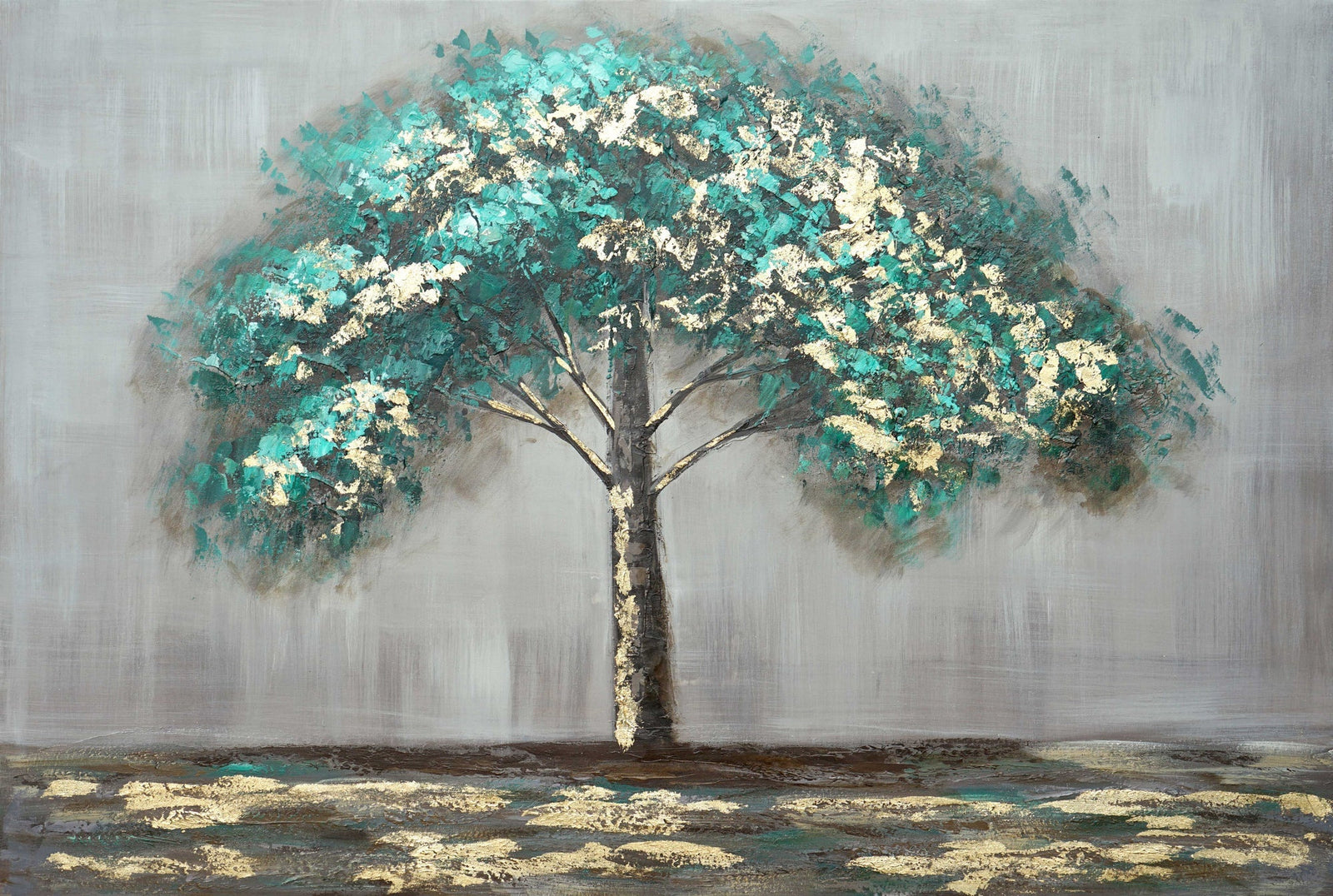
by Dewebwiz contentwriting
How Contemporary Art Shapes Calm Yet Creative Spaces
Art isn’t just something you hang up to fill an empty wall. Contemporary art has the power to shift the mood of a room instantly. It can create calm, spark creativity, and pull your interiors together in a way that feels effortless yet intentional. In Australian homes where light, open spaces are the vibe, art becomes more than decoration, it’s a design anchor. Why contemporary art matters in interior design Contemporary art connects emotion with design. It brings movement into a room without changing the layout. Think of a bold canvas in a neutral space, it doesn’t just sit there, it becomes the energy source. Designers use art as a tool to balance scale, soften harsh lines, or bring focus to overlooked corners. A muted palette might calm the senses, while expressive brushstrokes can keep the energy flowing. It’s less about matching your sofa cushions and more about creating a visual rhythm that makes the space breathe. The real perks of adding modern art to your interiors Modern abstract art works like a reset button for rooms that feel flat. It offers freedom because there’s no strict subject or narrative to follow, your interpretation shapes the impact. Large-scale abstract works can act as conversation starters in living rooms, while smaller, moodier pieces bring intimacy to bedrooms. Art adds texture where minimalism sometimes feels too bare. It also creates depth, making interiors look layered instead of one-note. When you walk into a room with strong abstract pieces, you feel the difference immediately. A guide to picking contemporary art Know your space: Before buying anything, study your room’s energy. Is it meant to be a retreat, or do you want it to buzz with ideas? This matters because not every artwork fits every vibe. A sunlit dining area may benefit from bold pieces that keep conversations alive, while a home office might need something calmer for focus. This is also where specific subjects like abstract floral paintings sneak into the picture. They’re not about literal flowers, they translate organic forms into modern gestures that soften rigid architectural lines. Perfect for bridging the gap between sharp contemporary furniture and natural warmth. Color palettes that work: Colours in art aren’t just background players, they dictate mood. Warm tones like ochre and burnt orange make large rooms feel inviting, while cooler hues like teal and indigo add serenity to smaller nooks. When choosing contemporary art, think about whether you want contrast or cohesion. High contrast wakes the space up. Cohesion keeps it grounded. If your home already has statement furniture, art can tie those elements together instead of fighting them. Scale matters: Scale is often ignored but it’s the difference between chic and cluttered. A massive blank wall demands a large piece that anchors it, while smaller walls need art that leaves breathing space. Designers in Australia often lean on oversized canvases because they complement open-plan living. Small art gets swallowed in those layouts. But in hallways or reading corners, compact pieces feel intentional and intimate. The rule is simple: don’t let your art look lost. Art of styling your walls with contemporary pieces Making art the center of attention If you want a room to have instant impact, use art as the hero. A single striking piece of wall art for living room spaces can change the whole flow. It directs the eye and sets the mood before the furniture even enters the equation. The trick is to give it breathing room. Don’t cram it with competing decor, let the canvas hold its ground. Gallery walls without the overwhelm Gallery walls can easily slide into chaos if you don’t plan them. The best approach is to pick a unifying theme, like colour tone, frame style, or subject matter, so your wall looks curated, not messy. Mix sizes, but align edges or create consistent spacing to keep it intentional. In Australian interiors where natural light floods in, gallery walls thrive when artwork carries subtle variations rather than clashing extremes. Golden rule for hanging art Height matters more than people realise. Hang pieces so the centre sits at eye level, around 145cm from the floor. This makes the artwork feel like part of the architecture rather than an afterthought. And don’t forget context. A portrait painting above a lounge should sit low enough to connect with the furniture, not float awkwardly high. Treat art like a participant in the room, not a guest standing in the corner. Buy art online If you’re not keen on hunting through galleries, buying directly from curated platforms like Paintings Online keeps things simple. You can browse a range of styles, sizes, and mediums without leaving home, which is perfect for busy homeowners. When you buy art online through trusted sellers, you also know you’re getting pieces that suit a variety of interiors, from minimalist apartments to coastal retreats. It’s art shopping without the stress, and it opens doors to pieces you wouldn’t stumble across in physical stores.
